
Etymology
The word "lithotherapy " comes from the Greek terms lithos, meaning "stone" and therapeia, meaning "cure". The combination of these two words represents theart of healing with stones.
Crystallotherapy and cosmotherapy are considered related terms, according to some sources (Wiktionnaire). It should be noted that neither of these terms is included in the Larousse encyclopedia or dictionary. Le Robert, on the other hand, gives the following definition of lithotherapy: A therapeutic method involving the use of crystals to treat illness..
History and formation of minerals
It is very difficult to date the origins of lithotherapy exactly. We do know, however, that stones have been present on Earth for billions of years.
They appeared during the first stage of our planet's formation.
The stones most likely to have been used first are flint and Obsidianwhich were used to make tools for fishing and hunting.
Later, as agriculture developed, crystals were used for tilling the soil and cutting meat.
A major discovery, that of fire, came when the first Terrans tried to rub two blocks of Pyrite.
Later, stones were used as ornaments and even as barter currency.
As we can see, stones were once used for their practical virtues (and sometimes for their aesthetic appeal), in a very concrete way. It was only much later that they were considered for their curative properties. However, lithotherapy is an ancestral practice that has been used since time immemorial.
Around the world, practices vary and depending on the customs and practices of different countries.
In ancient Egypt, for example, stones were placed directly on the bodies of sick people. Healers wore stones on their hands and bodies to imbue themselves with their powers and transfer them to those in their care. Stones were also worn as ornaments and even make-up (the Malachite in particular). Think of Cleopatra and her famous passion for theEmerald ! We also know that doctors of this period discovered and studied chromotherapy, aware of its fundamental healing role. As for tombs, they contained stones to protect the deceased.
The knowledge of the Egyptians was then acquired by the Greeks and Romans. They were far from the only ones to exploit the medicinal virtues of stones.
The incredible properties of stones have also been used by many peoples (Incas and Mayans, Hindus, Aborigines, Chinese, Europeans and many others).
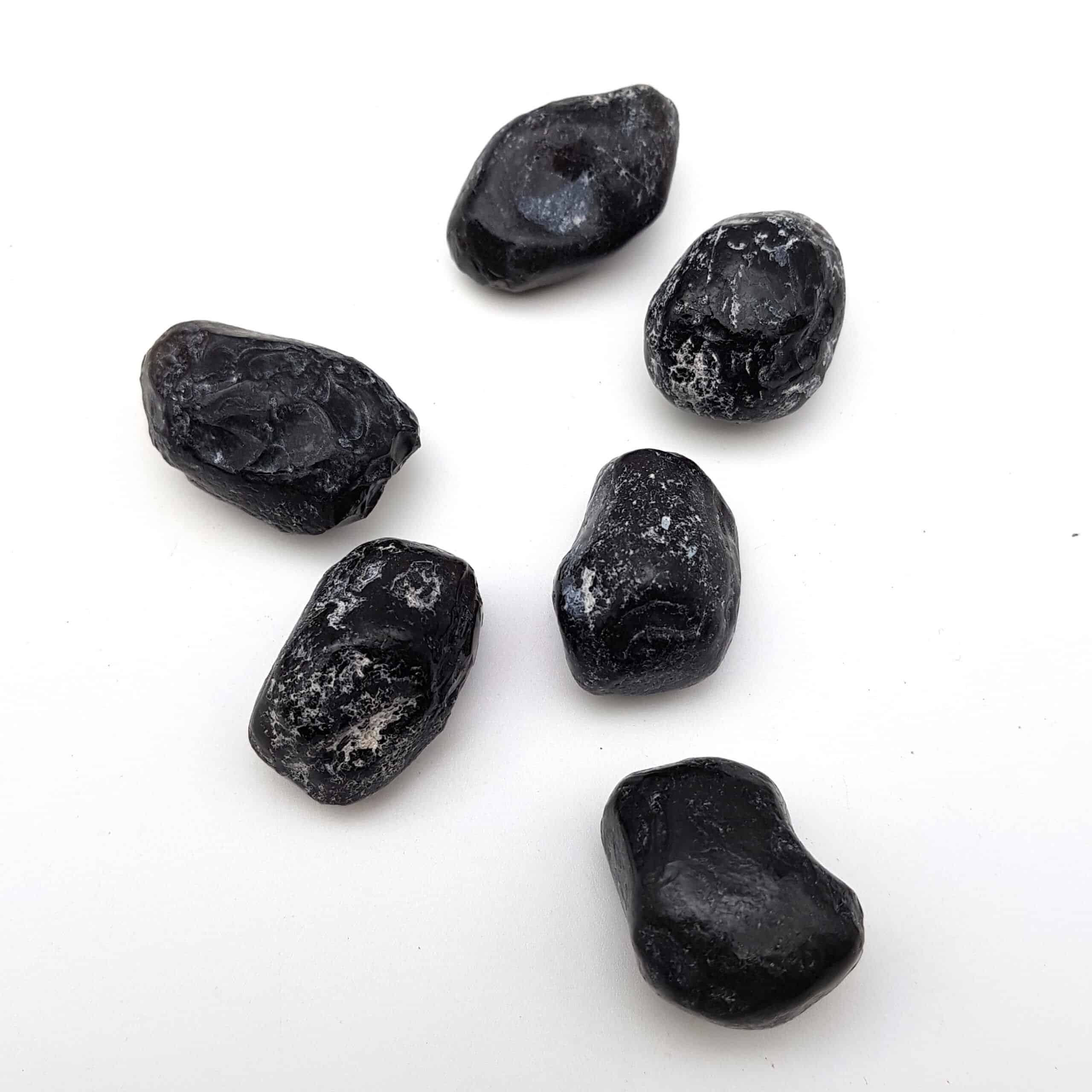
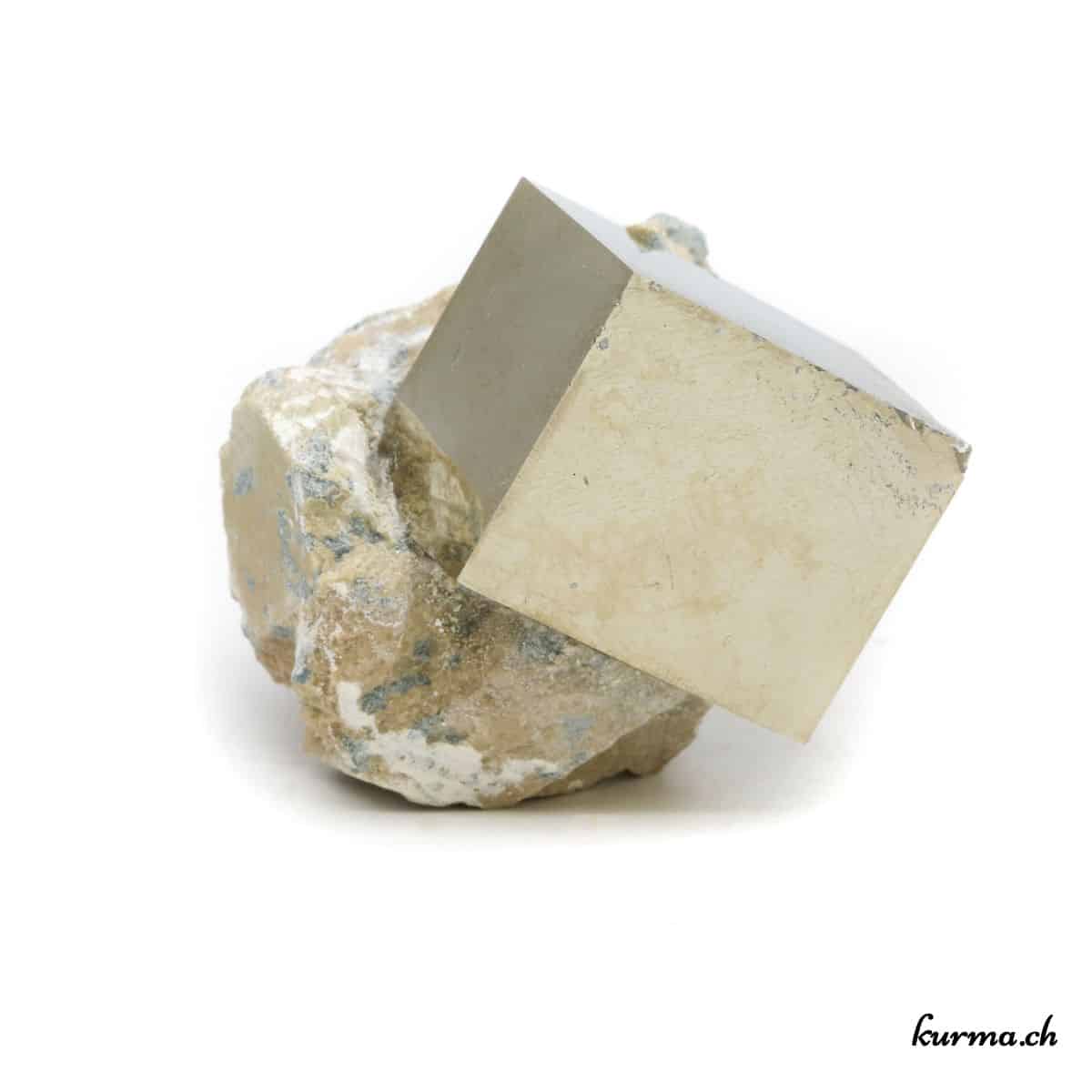
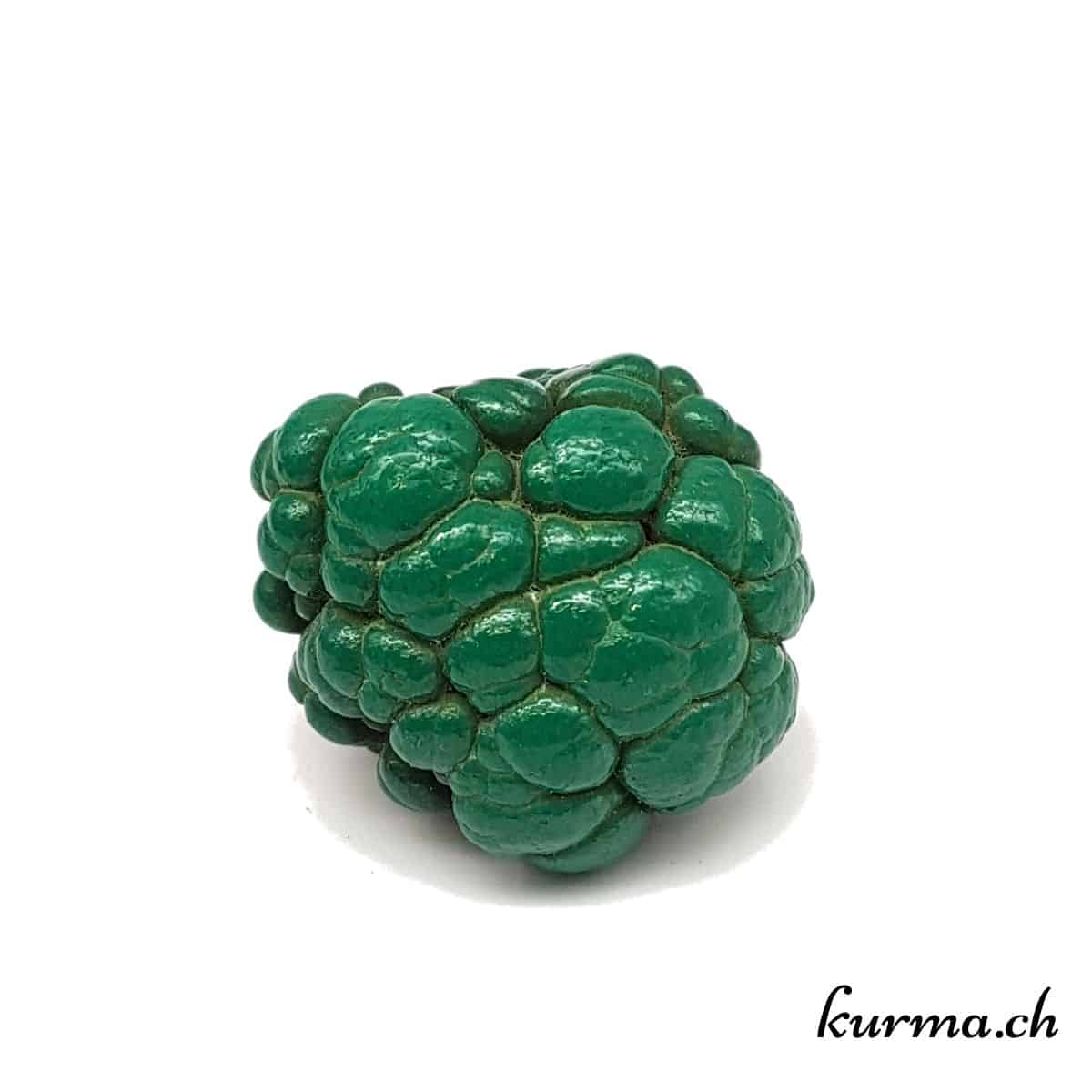
Lithotherapy
As mentioned earlier in this article, lithotherapy is the art of healing with stones.
Some of its aspects can be very complex and it is considered today as an alternative medicine or a branch ofesotericism.
Lithotherapy can be applied to all living things (humans, animals, plants), thanks to its energetic effects.
Stones consist of matter and energies. These energies emit radiation, or vibrations, which have a significant influence on our subtle bodies(definition of subtle bodies on Wikipedia), also known as psychic bodies.

In this way, the innumerable virtues of the stones can be diffused within you, both physically and psychologically, thanks to a rebalancing of the body's functions.
Thanks to its many curative properties, lithotherapy is increasingly used throughout the world as a complement to so-called traditional medicine, although it cannot replace it.
Properties, virtues and use of stones
Each stone possesses its own energies and vibrations and therefore has its own therapeutic properties.
This is the definition given by Michael Gienger in his fascinating Encyclopédie des pierres thérapeutiquesTherapeutic stones are stones - rocks, minerals or gemstones - whose effect on the human organism, soul, spirit and mind has been sufficiently researched and confirmed by repeated experiments, so that they can be used specifically for medical or therapeutic purposes.
Chakras
Generally speaking, stones are associated with our various chakras, of which there are seven (root, sacral, solar plexus, heart, throat, third eye and coronal), depending on their color.
However, it's important to remember that working with stones requires dedication! It's important to set an intention when using them.
What's more, you have to choose your stones according to their respective virtues, butaesthetics also play a role. Your stone has to appeal to you and call out to you, so to speak.
There are different schools of lithotherapy.
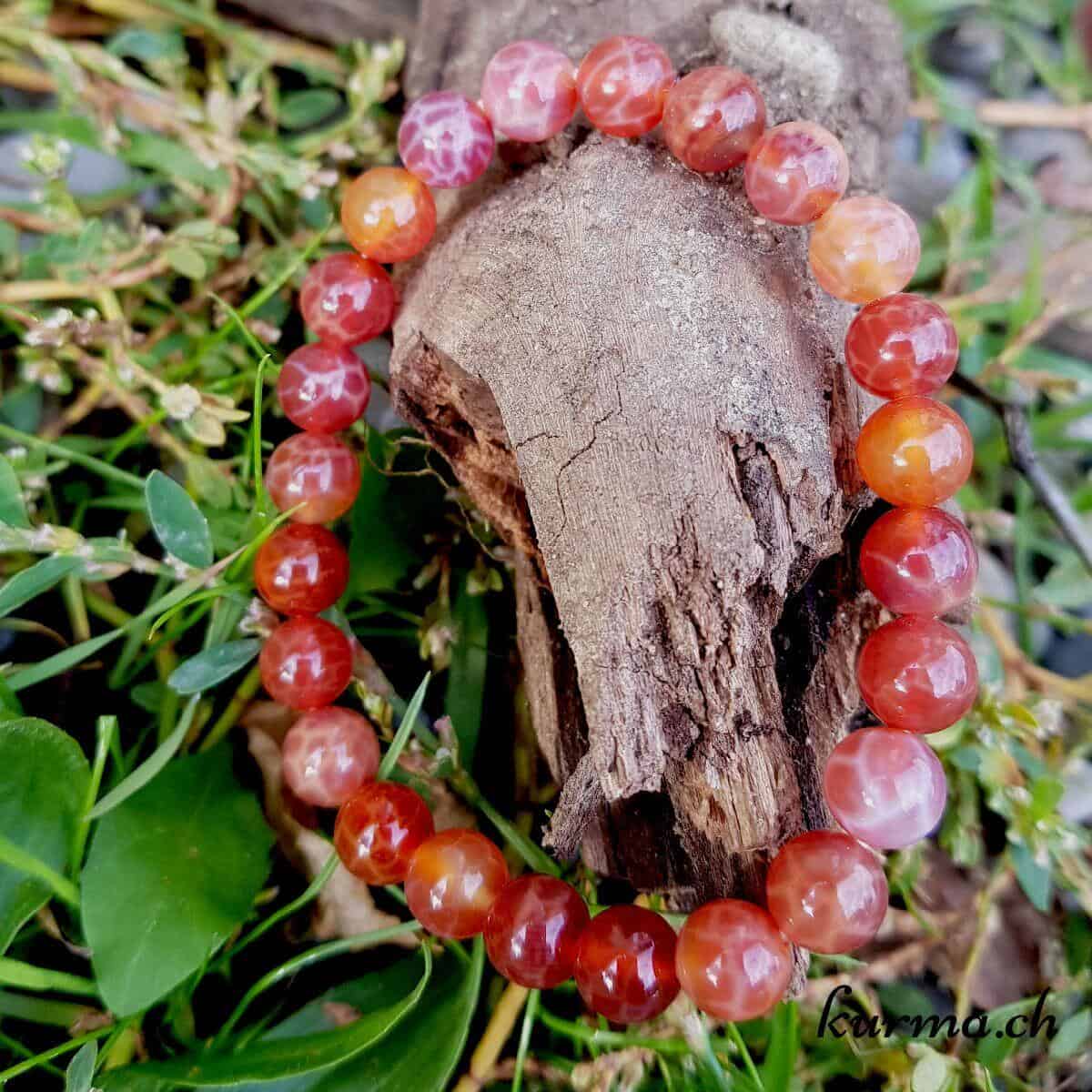
Chemical composition
According to some, lithotherapy is based on the chemical composition of minerals. This view is based on the oligo- and macro-elements of stones, which have specific virtues. This is known asoligotherapy.
Mineral formation
The genesis or formation of stones also affects their energy. That's why it's necessary to understand how they were formed (temperature and pressure).
There are three types of mineral formation, including magmatic formation, also called "igneous" or "eruptive", and this is the case of peridot among others. According to the Larousse, magma is "a material consisting of liquid and crystals in variable proportions, which forms inside the Earth and which, on cooling, forms a rock".
In the case of metamorphic formation, the shape of what already exists changes. Two types of metamorphosis can be cited as having an impact on stone energy: contact metamorphism (the Spinelleetc.) and regional metamorphism (typically Jade).
Finally, the sedimentary formation, created by erosion, which is either mechanically or chemically induced. The Topaz belongs to this group.
Chromotherapy
The color of the stone also plays an important role, because of its effect on our vibrations, as each stone has specific properties according to the color group it belongs to. This is chromotherapy. Being aware of these properties and be a great help when making a choice.
The look of stone
Visit shape stones also have a special value. There are five different types (rough, polished, cut, rolled or natural). Their appearance, price, availability and the energy they give off can therefore vary widely.
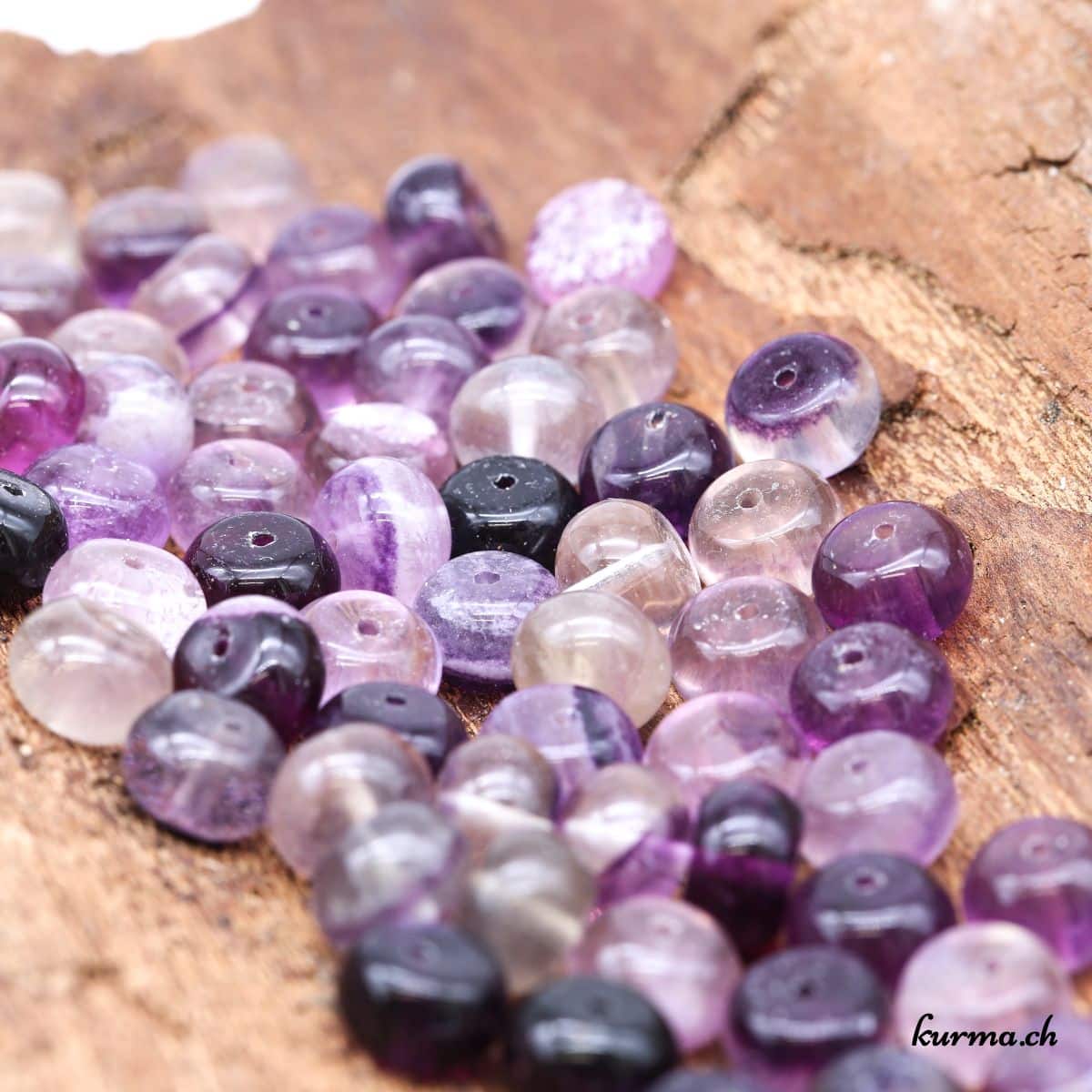
Finally, as lithotherapy is not an exact science, it's important to connect with the stones and rely on your own feelings.Personal experience is a very good way of getting started in this field. The resultinginterpretation of the power of stones and their specific properties can vary considerably from one person to another, their subtle - but perceptible - effects differing greatly according to sensitivities. That's why it's so important to find out for yourself!
If you really can't find the stone that's right for you, consult a lithotherapist for help and sound advice.
One more piece of advice: be careful not to buy counterfeits (colored, baked, irradiated stones, etc.). It's best to choose a supplier with a good reputation and to find out as much as possible, including by consulting serious bibliographical sources.
Courses/Training for lithotherapists
After this brief overview, it's clear that the official Swiss reference for vocational, academic and career guidance, the orientation.ch portal, doesn't list any lithotherapy-related training courses.
This lack of representation of the lithotherapy profession is at odds with the growing popularity of lithotherapy among the general public.
Most lithotherapists are self-taught enthusiasts who are constantly learning, discovering and perfecting their skills, or stone lovers who take on-the-job or online training courses.
In any case, the various learning methods are perfectly complementary.
It's important to remember that a lithotherapist's knowledge is acquired not only theoretically, but also practically. You can't improvise this profession!
To find out more about the virtues of each stone, discover our complete guide to over 200 different semi-precious stones: The benefits of natural stones
Example of Swiss online training by Baptiste Rohrbasser (YouTube).
Scientific viewpoint
From a scientific point of view, as lithotherapy has not been the subject of sufficiently in-depth studies, its detractors consider it a "pseudoscience (...) with a placebo effect", in other words, a "scam". Michel Cymes, the famous French doctor, is one of them.
As we can see, most scientists are skeptical about lithotherapy. The mystery that surrounds stones and their powers displeases them to no end. Indeed, the effectiveness of stones is difficult to demonstrate scientifically, especially as they act on an energetic level, and this is difficult to measure empirically.
Rereading Michael Gienger's definition of therapeutic stones under "Properties, virtues and use of stones" will help you form your own opinion.
As for the and refuseniks: too bad for them, they don't know what they're missing! But attitudes are changing fast...
Conclusion
Stones are real treasures that our planet offers us; let's take good care of them! Be considerate and attentive to these gifts of nature!
Knowledge of stones increases your potential for wellness and even healing, both psychologically and physically. However, lithotherapy does not, and cannot, replace conventional medical treatment.
A word about the author
Even as a child, I was drawn to these beautiful colored stones, even if I didn't yet know their therapeutic virtues. The mysterious side of stones fascinated me and still does.
And, as I've noticed over the years, the number of people who are interested in this magical world is growing all the time!
I've continued to buy stones - in the form of jewelry too, of course - as I've travelled, fallen in love and needed them. And I don't intend to stop any time soon!
Céline

Sources
-
Books and websites
- Encyclopédie des pierres thérapeutiques from A (agate) to Z (zoïsite) | Michael Gienger | Guy Trédaniel éditeur, 2021
- Messages from the stones to the human people | Joëlle Chautems and Fabrice Chapuis | Editions Favre, 2020
- The Crystal Bible | Judy Hall | Guy Trédaniel éditeur, 2017
- L'univers des pierres précieuses | Verena Nowak | Editions VN, 1994
- 430 pierres aux vertus thérapeutiques | Michael Gienger | Guy Trédaniel éditeur, 2009
- Je découvre la lithothérapie | Jennifer Banguio | Editions Hugo New Life, 2020
- Wikipedia: Definition of lithotherapy | https://fr.wikipedia.org/wiki/Lithoth%C3%A9rapie
- Wiktionary : Definition of lithotherapy | https://fr.wiktionary.org/wiki/lithoth%C3%A9rapie
- Le Robert : Definition of lithotherapy | https://dictionnaire.lerobert.com/definition/lithotherapie
- Wikipedia: Definition of subtle bodies | https://fr.wikipedia.org/wiki/Corps_subtils
- Example of Swiss online training by Mr Baptiste Rohrbasser (YouTube) | https://www.youtube.com/watch?v=XoXY2pz7qkU
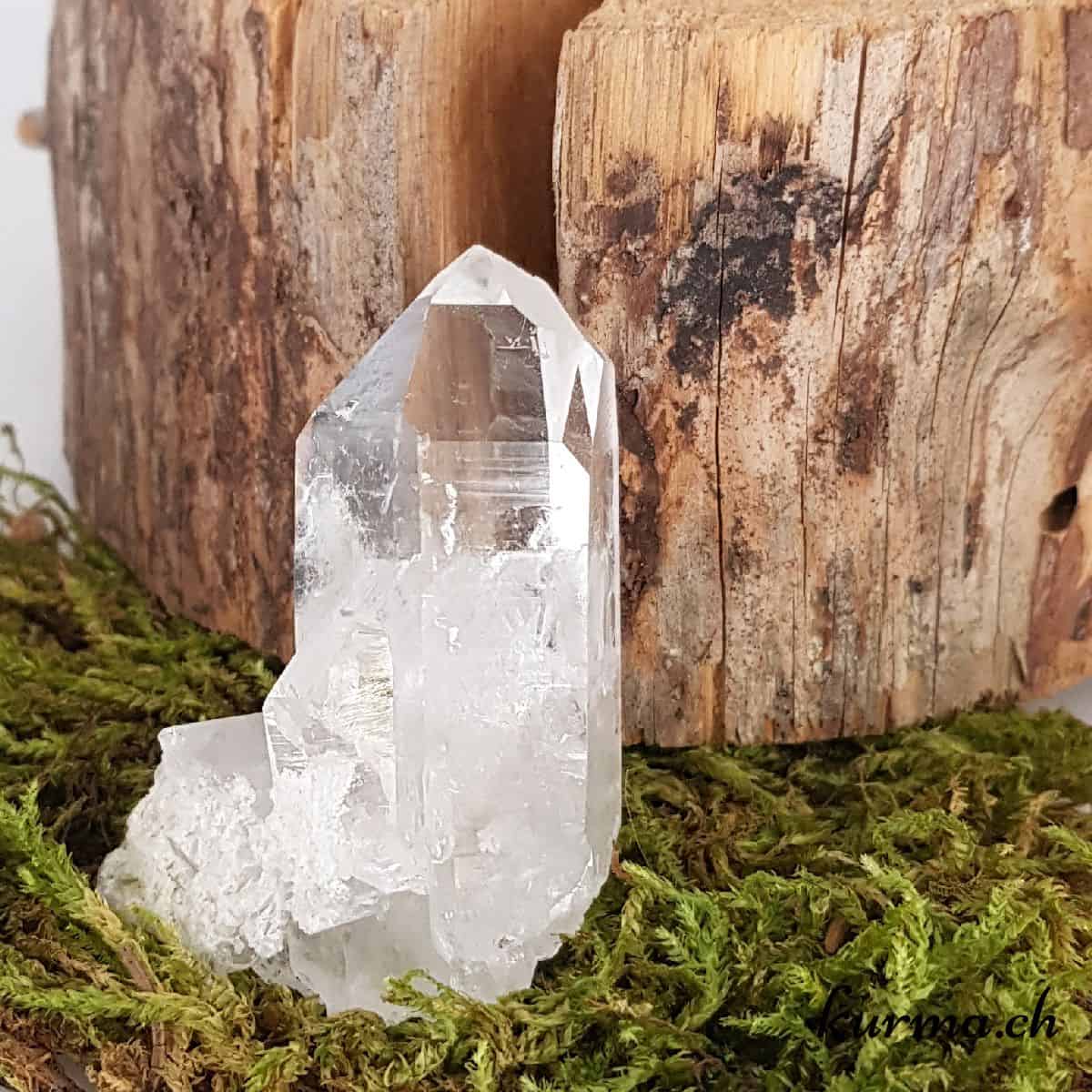
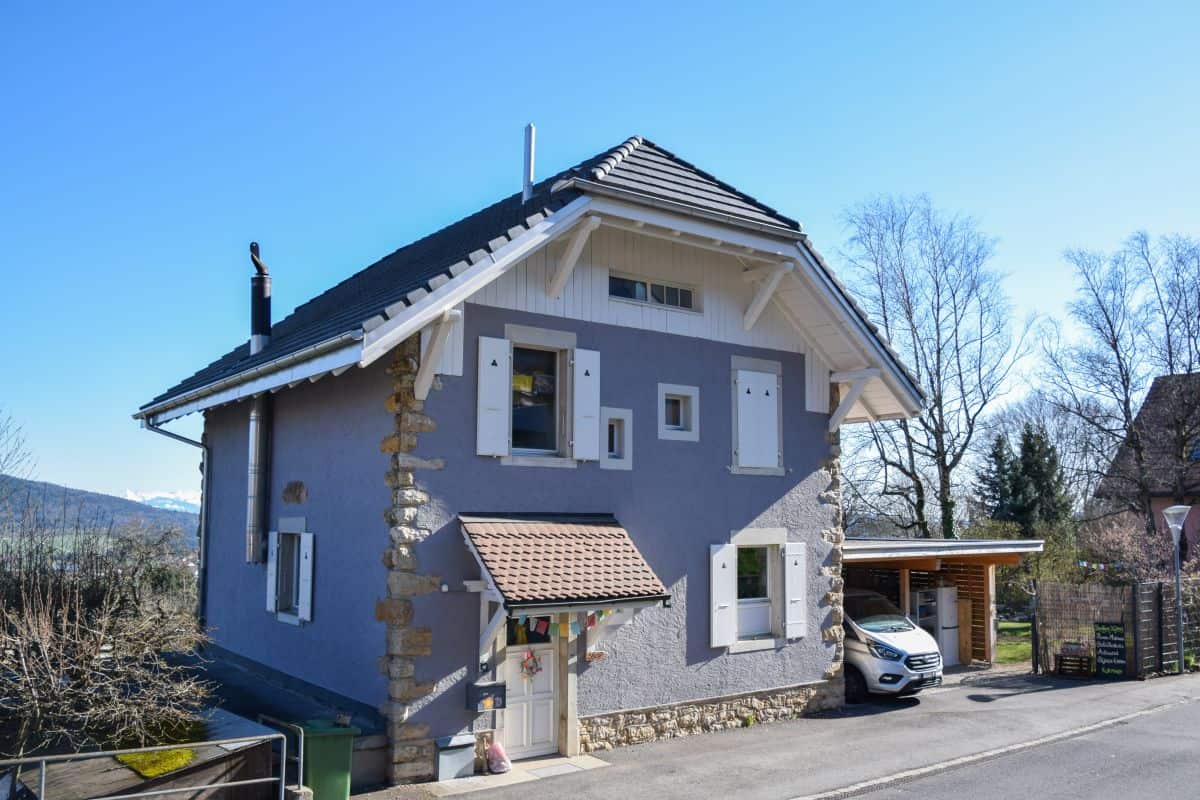
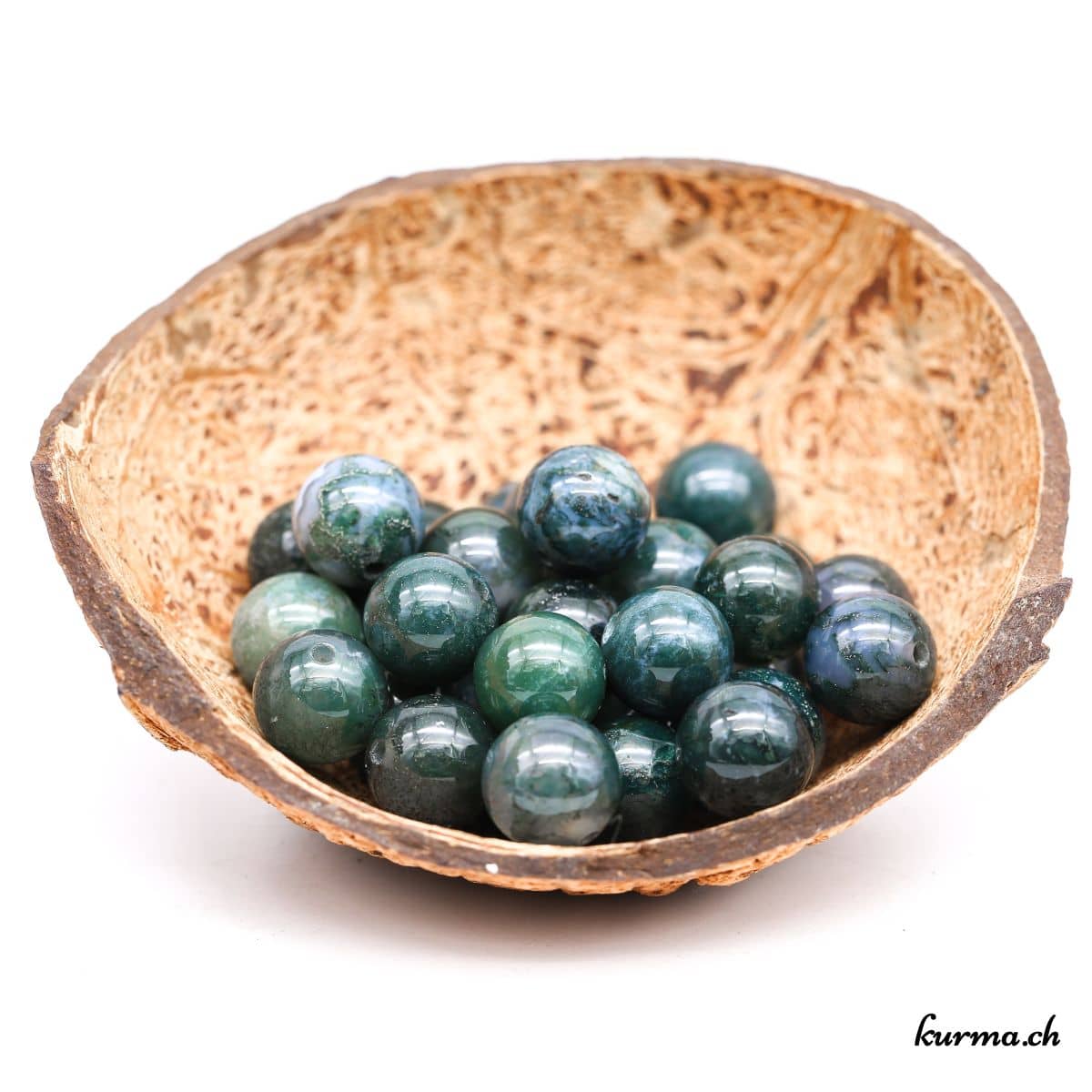
Reproduction in whole or in part of this content is prohibited. More info


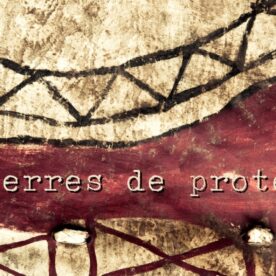
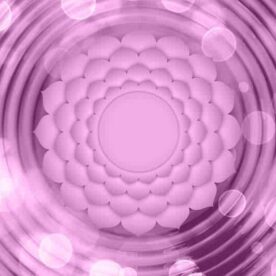

Gilbert Pernet
Many thanks for your wishes. For my birthday and your gift good week to you and take good care of you friendly Gilbert. Pernet